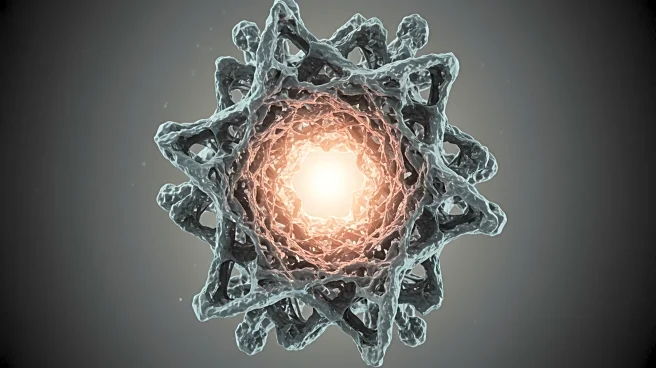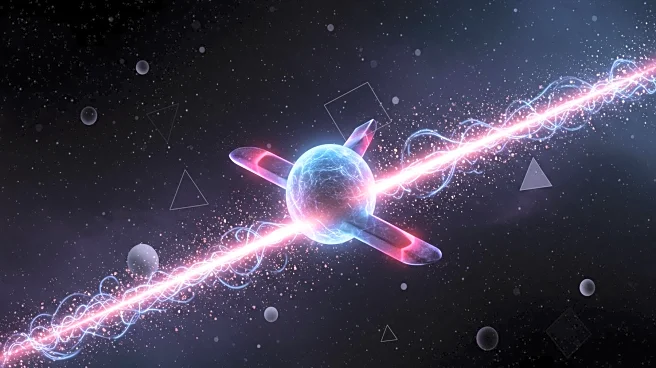What is the story about?
What's Happening?
University of Vermont professor Dennis Clougherty and his student Nam Dinh have successfully solved a longstanding problem in quantum physics concerning damped harmonic oscillators. This breakthrough addresses a question that has puzzled theorists for nearly 90 years: how systems at the atomic scale can exhibit behaviors similar to those of a vibrating guitar string in the Newtonian world. Their study, published in Physical Review Research, provides an exact solution to a model that describes a 'damped quantum harmonic oscillator.' This model was originally constructed by British physicist Horace Lamb in 1900, aiming to describe how a vibrating particle in a solid loses energy. The solution involves a multimode Bogoliubov transformation, which allows for precise mathematical reformulation of the system, preserving the Heisenberg uncertainty principle.
Why It's Important?
The resolution of this quantum puzzle has significant implications for the field of physics, particularly in the development of ultra-precision sensor technologies. By reducing the uncertainty in the position of atoms, the findings could lead to new methods for measuring quantum distances with unprecedented accuracy. This advancement could enhance technologies similar to gravitational wave detectors, which measure changes in distance at extremely small scales. The ability to measure atomic positions with such precision could open new avenues in quantum research and applications, potentially impacting industries reliant on high-precision measurements.
What's Next?
The discovery by Clougherty and Dinh may lead to further exploration of quantum systems and their applications in technology. Researchers might investigate how this new understanding of damped quantum harmonic oscillators can be applied to develop more advanced sensor technologies or improve existing ones. Additionally, the findings could inspire new theoretical models and experiments aimed at exploring the interactions of atoms in solid states, potentially leading to breakthroughs in quantum computing and materials science.
Beyond the Headlines
This breakthrough highlights the importance of revisiting historical scientific models with modern quantum theories. It underscores the potential for longstanding scientific puzzles to be solved through innovative approaches, combining classical physics with quantum mechanics. The work also illustrates the collaborative nature of scientific discovery, as Clougherty and Dinh's efforts build upon the foundational work of Horace Lamb and others in the field.
AI Generated Content
Do you find this article useful?











